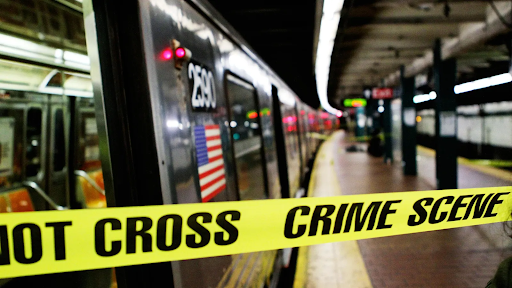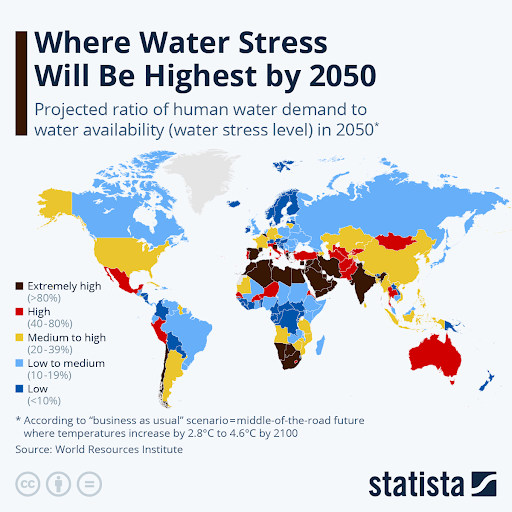The juniors have just taken the digital SAT on Friday, October 13, 2023. This was the first time the digital SAT had ever been taken and the class of 2025 was the first class to have ever taken it. Other than it being digital of course, this SAT has a few differences, the main being the test is only two hours long which is one hour less than the previous version, and most students have responded positively. Although there were many pros to this change, we did see a few issues arise.
One big issue was the screen and how our eyes reacted to all the blue light. As teens and avid technology users, we have had a great deal of time with blue light, but we are still negatively impacted by blue light. Blue light has tremendous negative effects on eye health and concentration. It can cause permanent retinal damage, and in severe cases, eye cancer, but mostly blue light just hurts the human eye. While taking the test, many of my peers expressed how their eyes felt more tired and even sore from staring at the screen. Personally, by the second part of the English section, my eyes felt heavy and it was extremely difficult to see the words. In addition, due to the blue light, I also experienced a lack of concentration and focus. It was hard to not reread the sections over again and take in the topics I was consuming.
Another issue some students faced was physically annotating the questions. The great thing about a paper copy of the SAT was that you could mark it up however you pleased. It is proven that annotating and writing directly on a text helps one process it, and truly understand the main ideas. When the text is digital and with a highlighting feature, we don’t get to have the same physical annotation practices implemented. For me, this made it more difficult to focus and feel less connected to the texts. We do have the ability to cross out incorrect answers but again, you feel less connected to the actual test.
Although I have been stating many of the negatives, there are definitely a significant amount of pros to a digital SAT. One very important aspect is the time and excerpt length difference. The SAT used to be 3 hours with longer passages that would be a source for several different multiple-choice questions. Now, the test is 2 hours with very short excerpts which I enjoy immensely. This aspect allows students to stay engaged for longer and feel less worn out after taking the SAT. Moreover, there is only one break which I believe is a good thing because it makes the test feel much shorter and limits the time you have let your mind wander. Another amazing change is the elimination of paper. Over 1.7 million people take the SAT each year; this means millions of sheets of paper being used including all of the times that kids retake it. I understand that this is only one test in a world full of them, but even the small steps mean something in the climate crisis because this proves that people care and we can move forward and find solutions.
Many question why we switched over to a digital SAT, which includes many of the reasons already stated, but a significant reason is to keep the test more relevant for students. Nowadays, students are very attached to their devices and anything online. The internet has become our world, so a paper test may seem very insignificant to us. Personally, I have not felt this way about the digital SAT. I believe it is just as relevant as the paper one. The generation taking the SAT this fall has not experienced the obsession of the World Wide Web as much as Gen Alpha has. I believe this test was designed for Gen Alpha to conform to the slow disappearance of the SAT as a whole. Many schools, since the 2020 pandemic, have disregarded the SAT and no longer require students to submit their scores into the common app.
So the question everyone has been waiting for: Is the digital SAT better than the old SAT? I have to say yes. The pros outweigh the cons with the biggest factor being time. I believe that this is going to be a great way of digitizing tests and hope more tests will become digitized within the next few years to cut time and paper usage.





